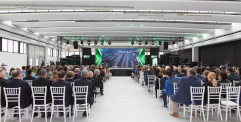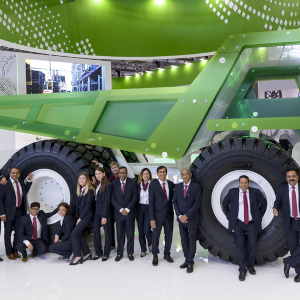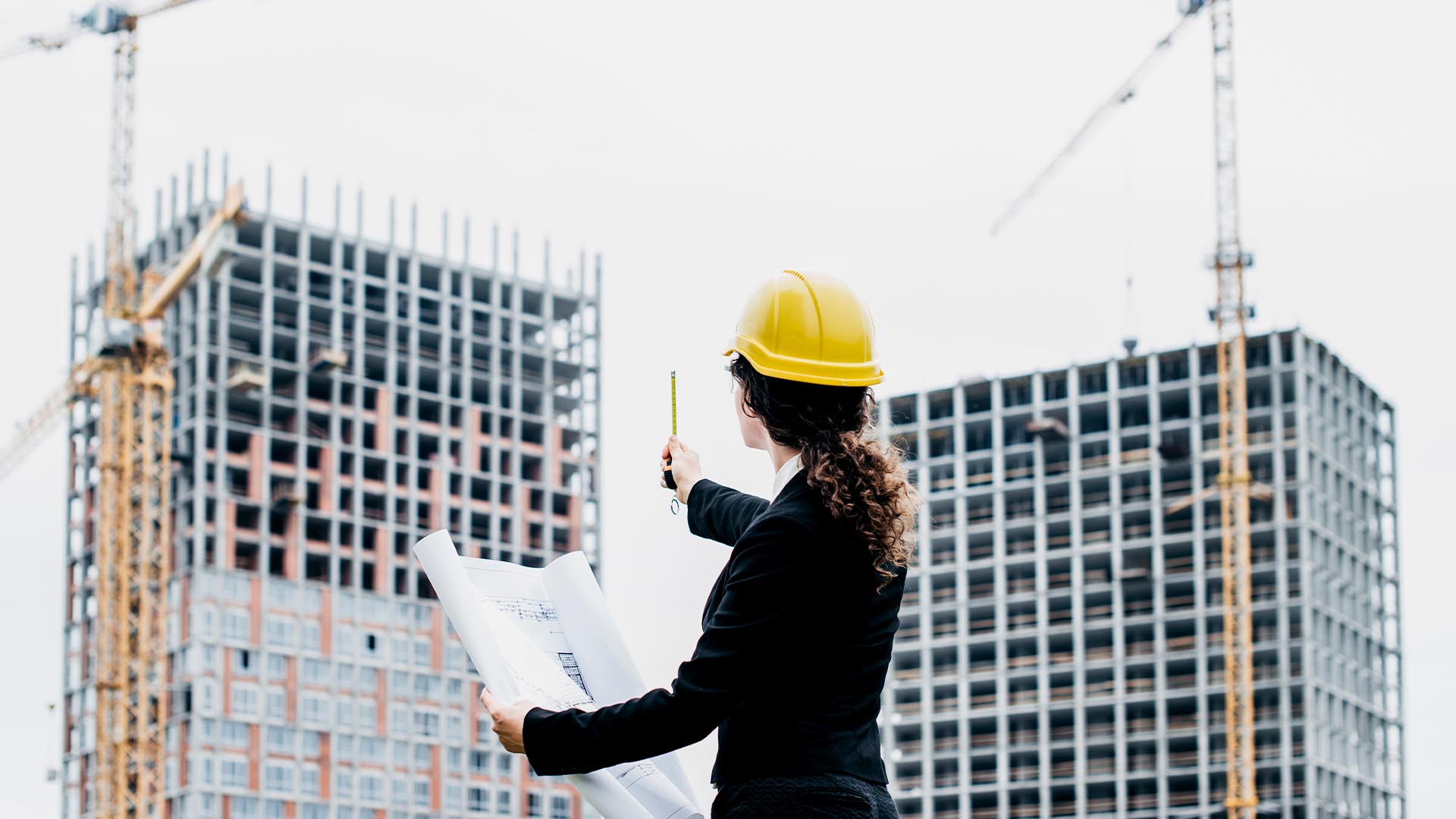How are women breaking barriers in this heavily male-dominated industry? Read our latest blog to find out, from innovative high-tech working methods to pioneering a sustainable future. Construction has become a lot more diverse in recent years - and long may it continue!
The construction industry is at the heart of every community, creating the space to connect people from a wide range of backgrounds. Buildings are not just brick and mortar – they are a space for education, work, recreation, prayer, and so much more.
The first evidence of human build construction dates back to 400,000 BC. The construction industry has evolved dramatically since the age of cave men and continues to pioneer the way for a more diverse workforce, including female construction workers. The industry is also integrating high-tech solutions such as AI and robots. And listening to the ever-growing world issue of global warming, as they shift towards more sustainable practices.
Diverse workforce – the female construction worker
Construction has always been a male-dominated industry, if you walk past a building site - chances are that most, if not all the workers will be men. Although women represent half of the UK’s workforce, they only make up 14% of construction workers, and only 1% work on site. But times are changing.
More and more women are joining the construction industry, The Institute for Women’s Policy Research discovered that the number of women working in construction trades is at the highest it’s been in two decades. Not only are more women joining the construction industry, but more women are also being promoted to leadership roles and going on to lead their own construction companies.
Women are changing the construction taskforce, through breaking down gender barriers, adding invaluable knowledge to close the skill gap and bringing a fresh, new perspective to the construction world of today.
The industry is responding to this change. PPE (protective clothing) has been designed to fit women, with better fitting tops and high waisted trousers. There is also a growing awareness in schools, as female construction workers go into education settings and speak to young people about the wide range of job opportunities. And how working in construction is a job you can feel proud of, being an integral part of a community which changes people’s quality of life. These talks help to attract a younger generation to construction and quickly break down the gender stereotype.
Female construction workers are also mentoring young environmental advisers - helping young people gain more site experience, and young women to have more confidence in the field, as they lead the way towards a more diverse culture.
Here are a few pointers for addressing the gender imbalance in construction:
-
Treat employees equally
Sounds simple, but there are some important factors to consider. Such as, providing both male and female toilets on site and protective equipment that fits properly. And to tackle the gender pay gap, ensure your staffs’ salary and promotions are not based on gender, but on their unique skills and performance for the role.
-
Be flexible
Many women have parental responsibilities and look for roles with flexibility to match their work/life balance. For instance, working from home and managing site travel to fit with employee schedules. When The Royal Institute of Chartered Surveyors asked industry professionals for their recommendations on gaining more female talent to the sector, 48% noted that flexible working is crucial.
High-tech ways of working
The construction industry is also catching up with the modern-day world by integrating high-tech into daily practices. For instance, AI robots are used in construction sites to simplify arduous tasks and carry them out with detailed precision. And the skills of an AI robot have also evolved, now they are able to analyze complicated tasks and improvise based on specific task requirements. As well as working to incredible precision, AI robots increase efficiency and save time, creating long term economic benefits. Some of the activities which AI robots carry out include: 3-D printing, bricklaying, demolition, carrying supplies and laying concrete. AI robots also help increase a safe working environment for humans, such as carrying supplies and materials to the construction site without human intervention. This support is critical to the construction industry, where 21% of work deaths in the United States are linked to the construction industry.
A sustainable future for construction
Sustainable construction is strongly encouraged and practised across the construction industry, and there are a plethora of ways the industry shows their solidarity for protecting our environment; today and for the future generations to come. One of the simplest ways is for construction companies to use renewable and recyclable resources, and then to recycle as much of their waste as possible. Many construction sites manage their recycling on site by splitting materials into different recyclable boxes. This form of on-site recycling helps to encourage the workforce to be more sustainable and see how much waste can be reused, with their own eyes. Some of the sustainable construction materials which more and more companies are using include composite roofing shingles, smart glass windows, bamboo floors and hemp insulation.
Putting the employee first
A study from The University of Oxford showed that happy workers are 13% more productive. Any good company ensures that their employees are at the forefront of what they do, and their voice is central to the company’s day-to-day management.
-
Training and job advances
Offering relevant training courses and ways for your construction site employees to grow, will make your team feel more empowered while expanding the skills and knowledge of your workforce. As an employer you are showing you truly care about your employees’ career progression.
-
One workforce – one set of standards
No matter the gender, age, rank, experience of your employees – everyone should abide by the same standards and protocols. This creates a level playing field where everyone feels their voice is being heard and are treated with respect and equality.
The construction industry has come a long way in the last few decades. There is still much progress to be made, but the industry is building foundations and breaking barriers to create real change.
And a diverse workforce - with new ideas, and room to grow and inspire others.






